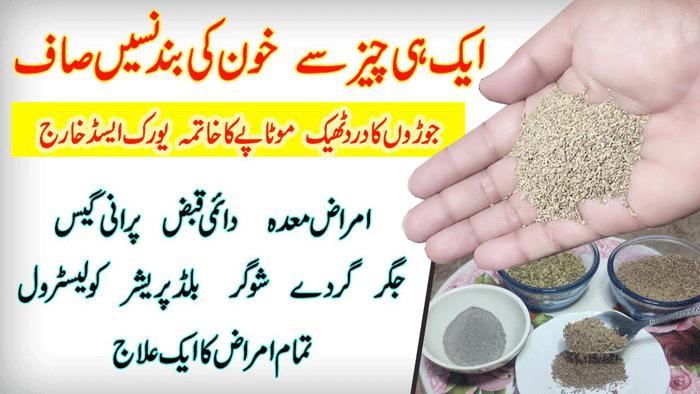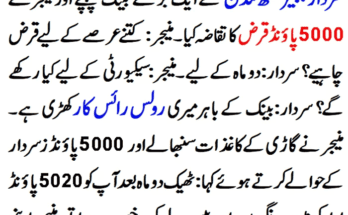1. Introduction
Varicose veins, often considered a cosmetic concern, can be more than just a visual nuisance. This article delves into the world of varicose veins, exploring the causes, symptoms, and effective strategies for managing the pain and discomfort associated with this common vascular condition.
2. Understanding Varicose Veins
2.1 Causes of Varicose Veins
Uncover the factors that contribute to the development of varicose veins, including genetics, age, and lifestyle choices.
2.2 How Varicose Veins Form
Explore the mechanics of varicose veins, understanding how weakened valves and increased pressure can lead to their formation.
3. Identifying Symptoms of Varicose Veins
3.1 Visible Signs
Recognize the visual indicators of varicose veins, such as twisted, swollen veins that are often blue or dark purple in color.
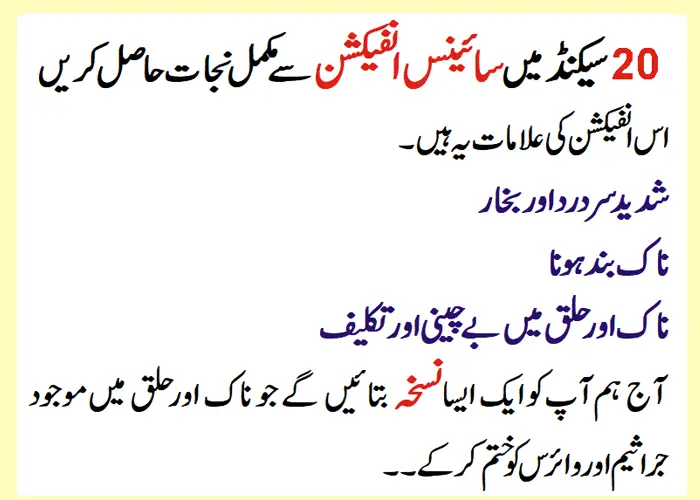
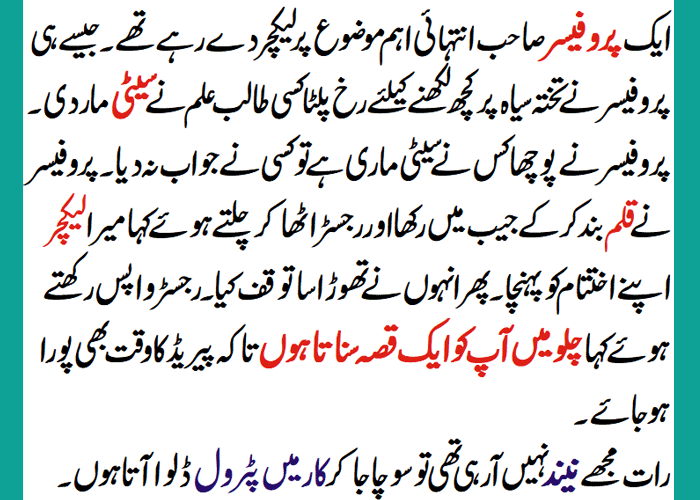
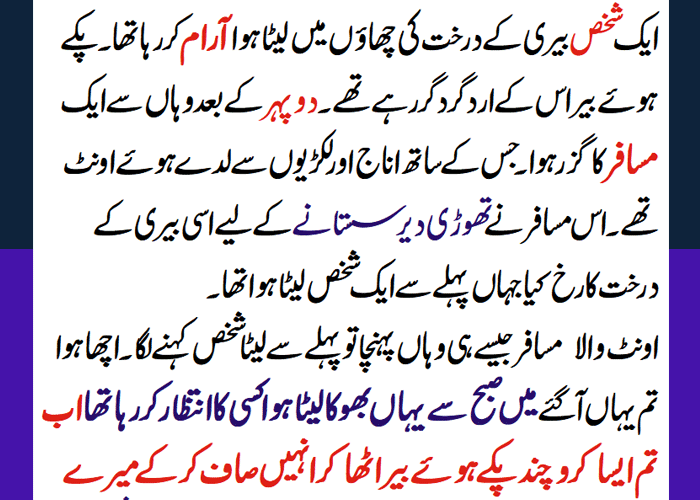
3.2 Physical Symptoms
Understand the physical sensations associated with varicose veins, including aching, throbbing, and a feeling of heaviness or fatigue in the legs.
3.3 Complications
Explore potential complications, such as skin changes, ulcers, and blood clots, that may arise in severe cases of varicose veins.
4. Lifestyle Changes for Varicose Vein Management
4.1 Regular Exercise
Discuss the role of exercise in promoting better circulation and preventing the progression of varicose veins.
4.2 Healthy Diet Choices
Explore dietary recommendations that support vascular health, including foods rich in fiber, antioxidants, and bioflavonoids.
4.3 Maintaining a Healthy Weight
Highlight the impact of excess weight on varicose veins and how maintaining a healthy weight can alleviate symptoms.
5. Compression Therapy for Varicose Veins
5.1 Benefits of Compression Stockings
Examine the use of compression stockings in reducing swelling and improving blood flow, providing relief for individuals with varicose veins.
5.2 Choosing and Using Compression Garments
Guide readers on selecting the right compression garments and incorporating them into their daily routine for maximum effectiveness.
6. Medical Interventions for Varicose Veins
6.1 Sclerotherapy
Explore the minimally invasive procedure of sclerotherapy, where a solution is injected into the affected veins to close them off.
6.2 Endovenous Laser Ablation (EVLA)
Understand how EVLA uses laser energy to seal off problematic veins, redirecting blood flow to healthier vessels.
7. When to Seek Professional Help
7.1 Persistent Pain and Discomfort
Encourage readers to consult with a healthcare professional if varicose vein symptoms persist or worsen despite lifestyle changes.
7.2 Monitoring High-Risk Factors
Highlight the importance of regular check-ups for individuals with high-risk factors or those experiencing complications related to varicose veins.
8. Conclusion
Varicose veins may be more than a cosmetic concern, causing real pain and discomfort. By understanding the causes, recognizing symptoms, and implementing lifestyle changes or seeking medical interventions, individuals can manage the impact of varicose veins on their leg and feet health.

